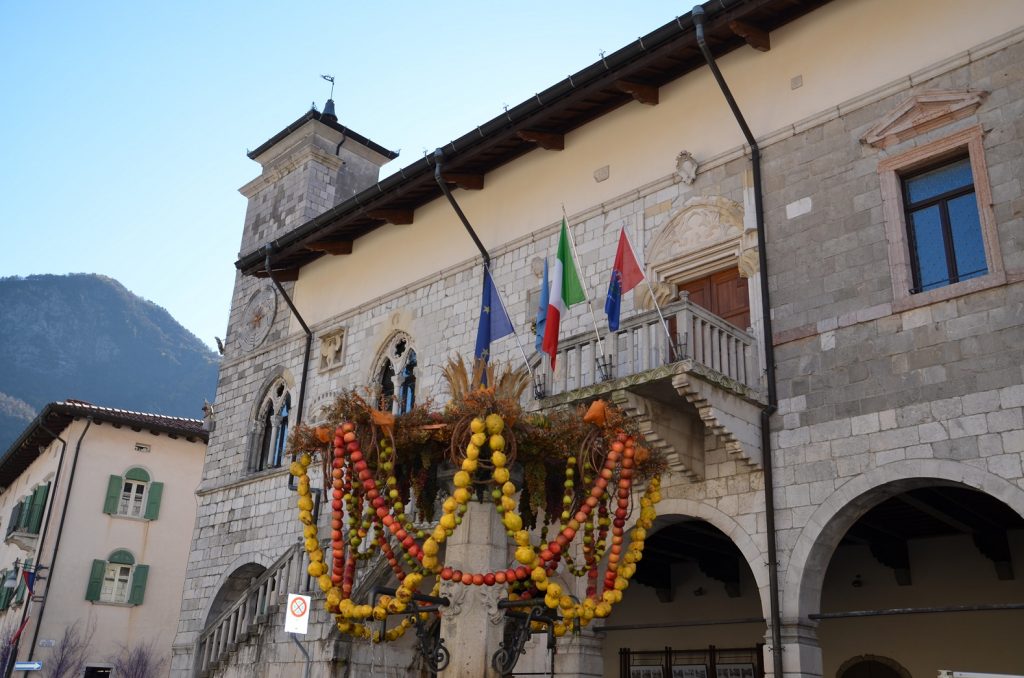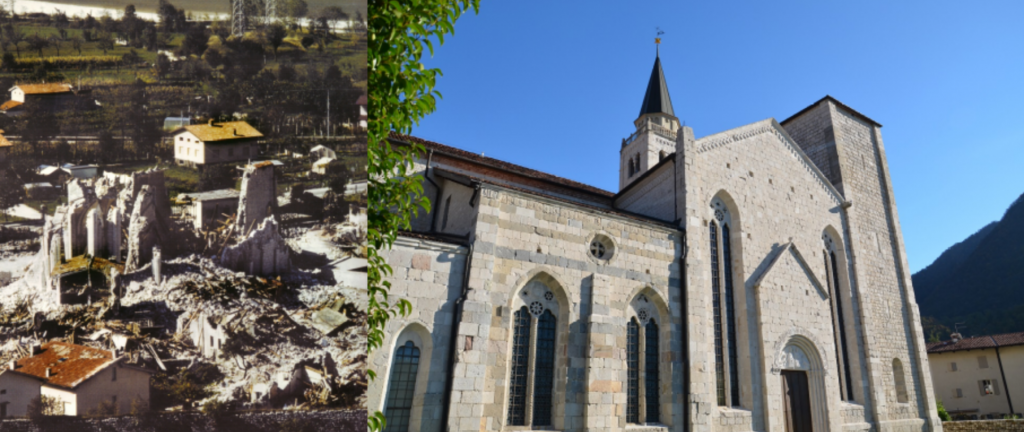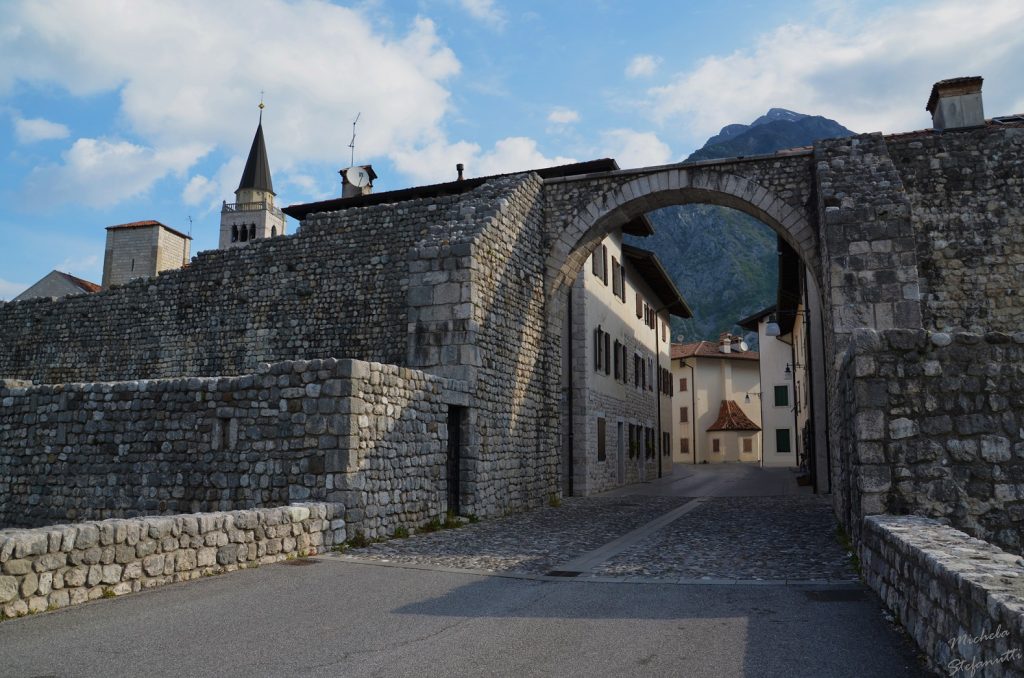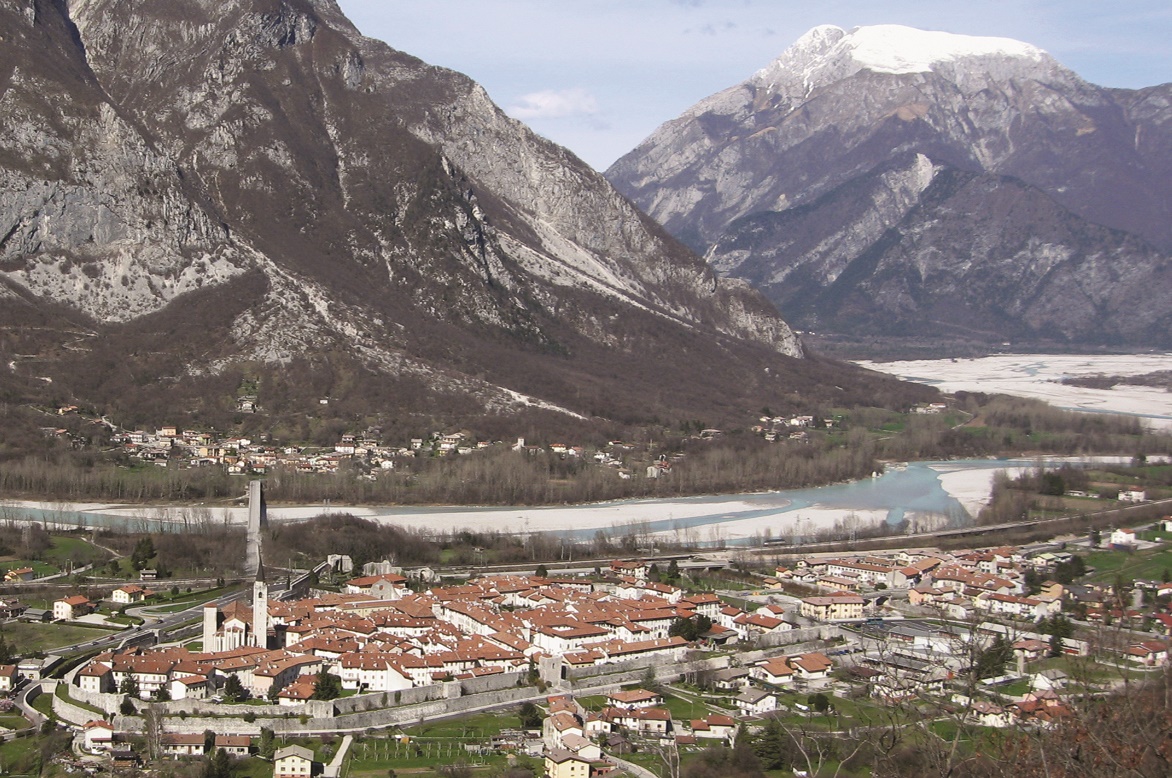"About 9500 stones that have returned exactly to where they were before the earthquake, possibly integrated and restored individually with the same care with which one works on a work of art": this sentence, referring specifically to the reconstruction of the Cathedral, is perhaps the synthesis of the entire long history of Village of the villages of Venzone. Devastated by the 1976 earthquake and reborn, "as it was and where it was", in an exemplary way. The reconstruction of Venzone, in the province of UdineIn the heart of the Friuli, has made history and is today one of the greatest examples in the world of conservation and protection of the historical and cultural heritage. And it also allows us to see and tell the story of a place that has very distant roots in time. Unique example of a fortified village of 1300 which has remained intact in the region and, due to its historical and artistic importance, was declared a National Monument even before the earthquake in 1965.
The ancient history of Venzone and its Celtic roots
Its roots are very ancient. In 500 BC the Celts crossed these places. In Roman times, the Via Julia Augusta passed here, leading from Aquileia to Austria, and to the site where the Cathedral is currently located, remains of a Roman building have been found. Then came the barbarian invasions, numerous. And then again the first urban nucleus of the Carolingian period, the first city walls and five ancient castles that dominated and controlled the valley of the Tagliamento river.

The period of conflicts and tensions with counts and lords of the area ends with the arrival of the Republic of Venice in 1420 which puts the whole region under a single dominion. Venzone remains a focal point, due to its economy based on commercial traffic since the Middle Ages. The important sixteenth-century palaces and the courtyards where the various commercial activities took place testify to this.
The devastation of the earthquake and the "exemplary" reconstruction
The devastating earthquake of 1976, the two strongest shocks, first in May then in September, and the subsequent reconstruction, deserve special attention. The medieval village was rebuilt piece by piece, after a long period of recognition and cataloging of the stones that were then placed in the place they occupied before the earthquake, one by one, thanks to the material of the photographic and documentary archives of the period preceding the earthquake. Practically the whole town was rebuilt stone by stone, and this reconstruction, which lasted about twenty years, made history.

Venzone is reborn with his Town Hall completed in 1984: a Gothic building from the early 400th century with its clock tower and external facades softened by a series of coats of arms of the most ancient and noble families of Venzone. With his historic center, ready in 1988. And especially with the Romanesque-Gothic cathedral dedicated to Sant'Andrea. Has been completed in 1995 and has become the symbol of the earthquake and its rebirth. Tiere Motus, History of an earthquake and its people, is the museum housed in Palazzo Orgnani-Martina and dedicated to this history. L'Orcolat, the terrifying creature that in popular tradition personifies the earthquake, wakes up thanks to virtual reality techniques. Then the images of the disaster, the stages that led to the reconstruction and the charm that characterizes Venzone today.
The Mummies of Venzone. The oldest, the Gobbo, dates back to 1348
Venzone is surrounded by a double circle of XNUMXth century walls. Some characteristic walks start from the historic center. The one that connects the fifteenth-century votive churches that surround Venzone along the route of theancient celtic trail. Panoramic what leads to the paths inside the Julian Prealps Natural Park.

And the Mummies of Venzone? This is a very special chapter that lies right in the "heart" of the historic center of Venzone. The oldest mummy, the Gobbo, dates back to 1348 and was discovered in 1647. All the others date back to the XNUMXth and XNUMXth centuries. They are kept in the Crypt of the cemetery chapel of San Michele which is located near the Cathedral. It is a form of natural mummification of the corpses due to particular environmental conditions that occur in some tombs of the Cathedral, where a mold develops which has the property of dehydrating the tissues by blocking their decomposition.
(ph credit: Venzone Archive and Michela Stefanutti)





